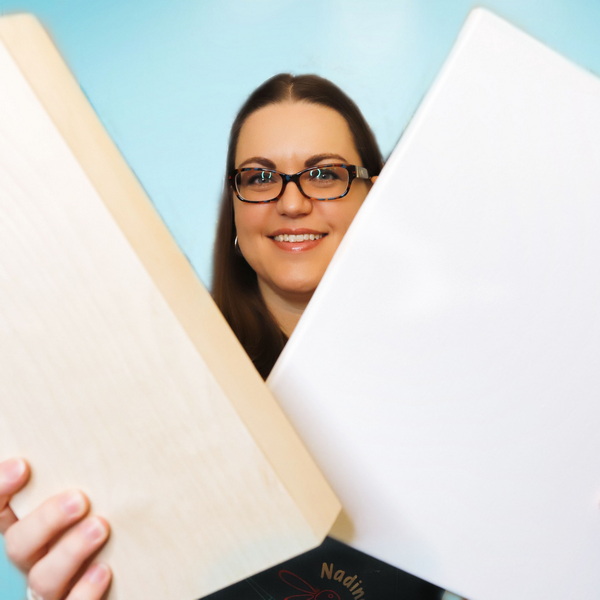
Canvas Preparation for the Art Curious
If you’ve been art journaling for a while, you may be interested in trying a project on canvas. For many of us it can be intimidating to know where to start with canvas preparation. When I first started painting and using canvases for mixed media, choosing a canvas, and learning how to prepare them for painting was confusing. This tutorial will show you how easy it is to prepare a canvas for painting including tips and techniques to give you great results.
Materials for Canvas Preparation
A Stretched Canvas or Canvas Board
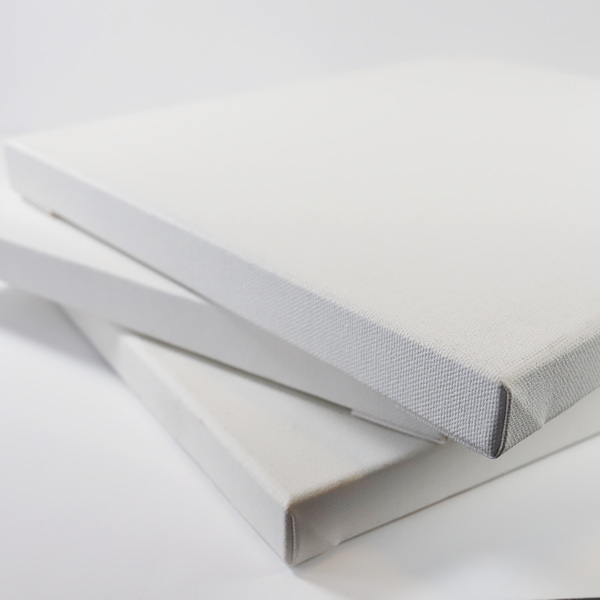
Choose a stretched canvas or canvas board that you would like to use in a project. Most stretched canvases are stretched and stapled to a wood frame. They come in a variety of sizes and depths depending on your personal preference.
Canvas boards are also a good option. The canvas is glued onto a board and dried. This canvas surface has less bounce (give to the surface) than a conventional canvas but work just as well and are a less expensive option.
I don’t stretch my own canvases as it is often cheaper to purchase stretched canvases than to buy the materials for making my own canvases. When purchasing a canvas, visit your local art store as they are often better quality and significantly cheaper than purchasing them at a craft store.
Gesso
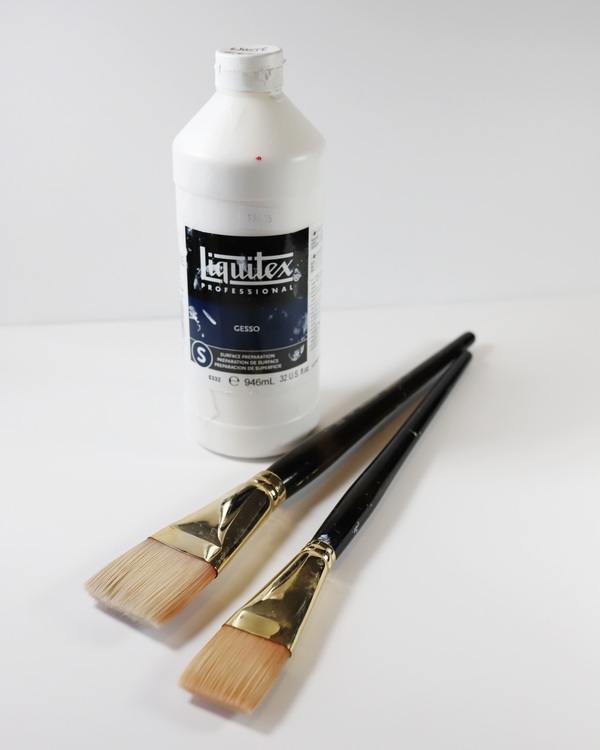
When you purchase a stretched canvas or board, they usually have gesso or a primer already applied to the surface. Canvas without primer will absorb large amounts of paint unevenly, which is why gesso is added to the surface.
Gesso is designed to penetrate the canvas and creates an even surface for the paint to stick to. By adding gesso to your canvas surface this saves you a lot of paint and frustration. When dry, the texture of gesso is slightly rough, providing tooth so that the paint will stick more effectively to the surface. This will prolong the life of your artwork and give you much better results when painting
Canvas Preparation: Adding Gesso
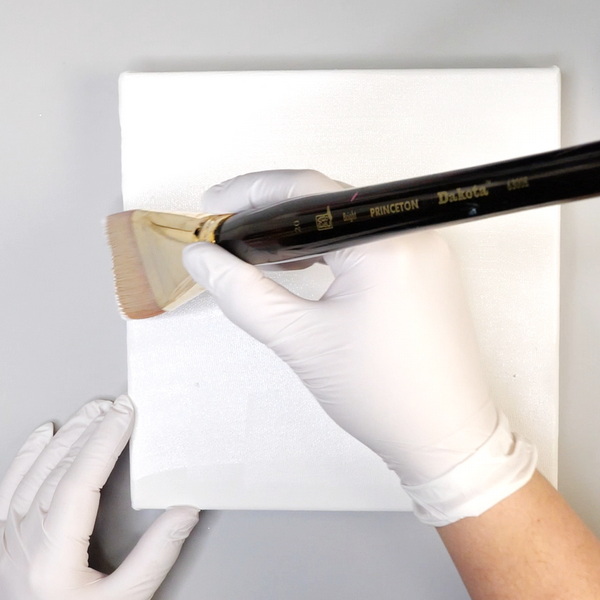
Use a large brush to add gesso to the stretched canvas. Regular gesso will have a viscosity like paint and can be applied in the same manner. Cover the entire surface of the canvas with an even layer of gesso.
For best results, use a large flat brush. This will create more even strokes, a smoother surface to paint on and the gesso will dry evenly.
Make sure to apply the gesso in thin, even layers. If you want to add additional layers, do so after the first layer has dried. Do not try to add a super thick layer in one go. It will take the gesso longer to dry and will not create an even, smooth surface to paint on.
Why Add Gesso to a Primed Canvas?
Even if you are using a canvas that came from the manufacturer already primed with gesso, make sure to add at least one layer of gesso to the surface. My experience has been that not all manufacturers use high quality gesso or apply it evenly. This can cause problems when you are painting as the paint will not absorb evenly onto the surface.
I recently painted a painting where I chose to be lazy and didn’t add an additional layer of gesso. Because I didn’t add the additional layer of gesso there was one spot on the painting that would not take acrylic paint evenly. It was significantly lighter than the surrounding colors. No matter how many layers of paint I added, I was not able to fix it. Learn from me and take a few minutes before painting to add another layer of gesso. You will be glad you did, and you will get better results
Prepping Birch Boards
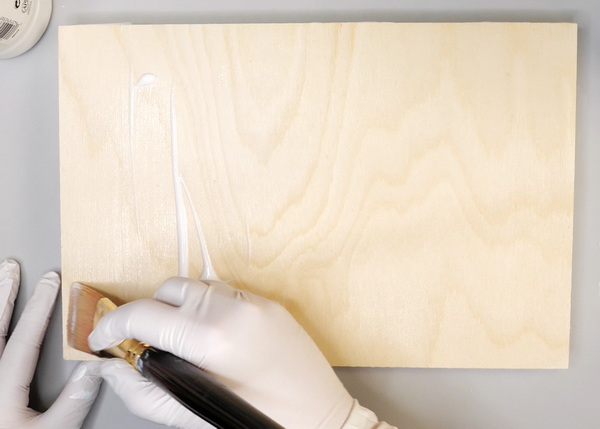
I tend to use birch boards or panels for my paintings, especially palette paintings. When prepping wood boards, there is an additional step required before applying gesso. Use a brush to add a layer of matte medium to the wood board and let it dry. Then add a layer of gesso on top of the matte medium to create tooth and an even painting surface. If you would like the wood to show through your painting, use clear gesso instead of white gesso for this step.
This is important because the wood board has natural chemicals that can break down and ruin a painting over time. By adding a layer of acrylic matte medium this creates an isolation layer, protecting both the board and the gesso from chemicals that might damage and shorten the life of your painting.
Vibrant Surfaces for Painting
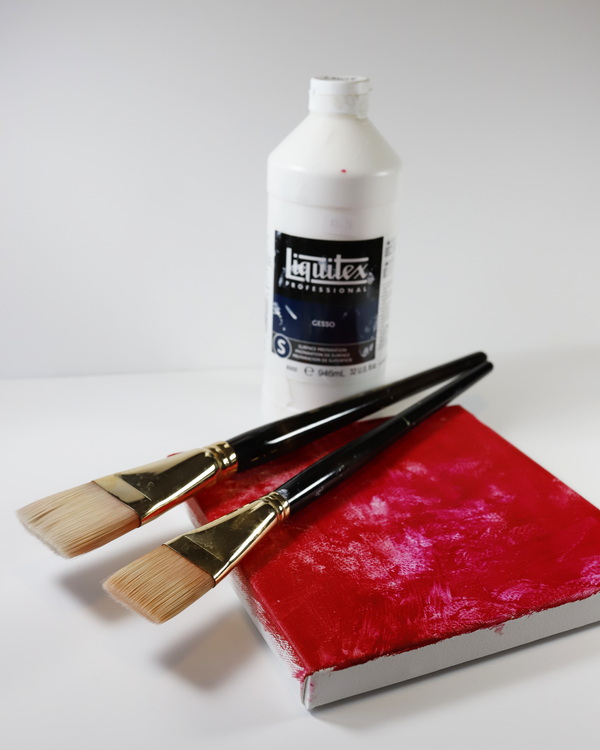
The most common colors for gesso are black and white, but companies like Holbein make gesso in a large range of colors. White is a great choice; it is neutral and easy to paint on. It gives you vivid and true colors as you paint onto your surface.
Now that I have been painting a while, I tend to start with a layer of white gesso and then paint a layer of color on top. If you choose to use colored gesso, this can be completed in one step instead of two
Why Add a Base Color to the Painting?
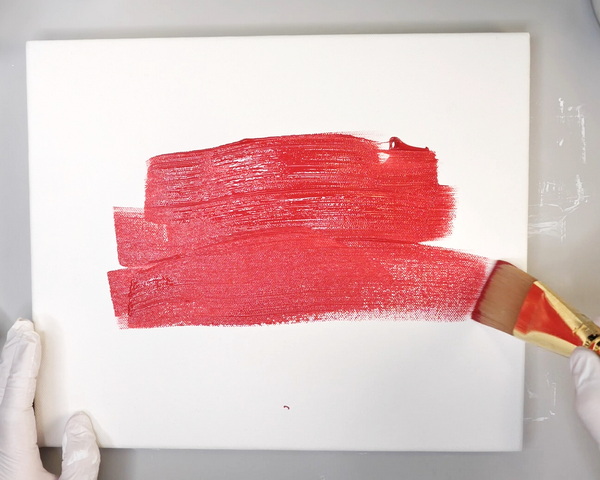
So why do I add color to my surface before adding my intended image? It makes for a richer painting. For a base color I usually apply Cadmium Red or Pyrrole Orange to the surface.
Many of the professional artists that I follow start their paintings in this manner. Even if the intention is to paint over the base color, there is something unifying and luminous when a base color is added to a painting.
It also works to my advantage when I am palette painting. Sometimes I end up with a thin layer of paint or a small spot that shows through. Instead of appearing to be a mistake by seeing plain canvas, small bits of red or orange are seen. It adds a little bit of fun and surprise to my paintings that I really enjoy.
Getting Past the Blank Canvas

For many of us a blank canvas can be intimidating. It can be hard to know where to start and make that first brush stroke. By starting with a canvas that already has color on it can help us move past the blank canvas.
This technique was originally shared with me by Connie Geerts. Start by painting color in random strokes onto your surface. Choose colors you like, but the actual colors don’t necessarily matter. I generally start my canvas preparation this way when I don’t have a final piece in mind. You could use an ombre technique or just add random colors to the surface. For more variation, when the paint is wet add alcohol to the wet surface. This will spread out on the surface mixing with the acrylic paint in interesting ways.
Just Get Started!
I hope that this has given you ideas on canvas preparation and how to move past the blank canvas. These techniques are not difficult but understanding a few fundamentals can give you much better results on your final project.
I would love to hear any questions that you might have about these techniques. Please comment below as I would love to start a conversation with you! I hope that you have a great week and take time for some creative self care!
Project Supply List
- Stretched Canvas and Boards
- MDF Board
- Birch Board Panel
- Cheep Paint Magenta and Crimson
- Liquitex Gesso
- Liquitex Matte Medium
- Princeton Dakota Flat Brushes Size 16 and Size 20
- 99% Isopropyl Alcohol
- Pipette
- Distress Sprayer Water Bottle
- Water Container
- Paper Towels
- Non-Stick Craft Mat



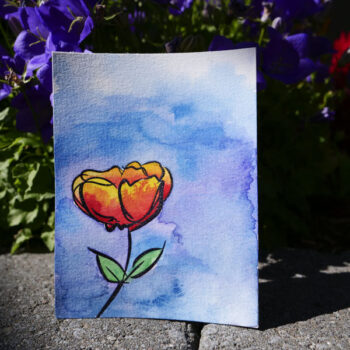

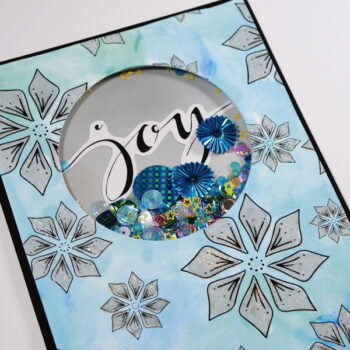
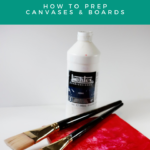
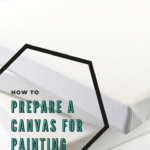
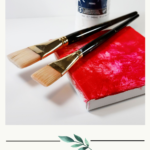
2 Comments
Chanel Aynsley
I really appreciate your article!!!! I have been transitioning from graphic designer to fine arts because I didn’t like the disconnect of computer graphics as an artist.
I’ve been trying to learn acrylic painting on my own with only some high school and minimal college experience.
Your article was so inspirational that I can’t wait to use your techniques going forward. I have all these canvases that I’ve been afraid to use and I’ve been stuck for so long that I was ready to just give up.
Thank you for sharing and giving me the courage to paint.
Nadine Milton
I’m so glad that you found it helpful and thanks for the lovely comment! That’s really awesome that you’re moving from computer graphics to the more tactile painting experience! It can be really intimidating and I completely understand the fear of the blank canvas. Painting can be really hard at first, just dive on in and be kind to yourself! Where are you at with learning how to paint? Is there anything specific that you would like to learn that I could share? I would love to know how I can help you in your creative practice!